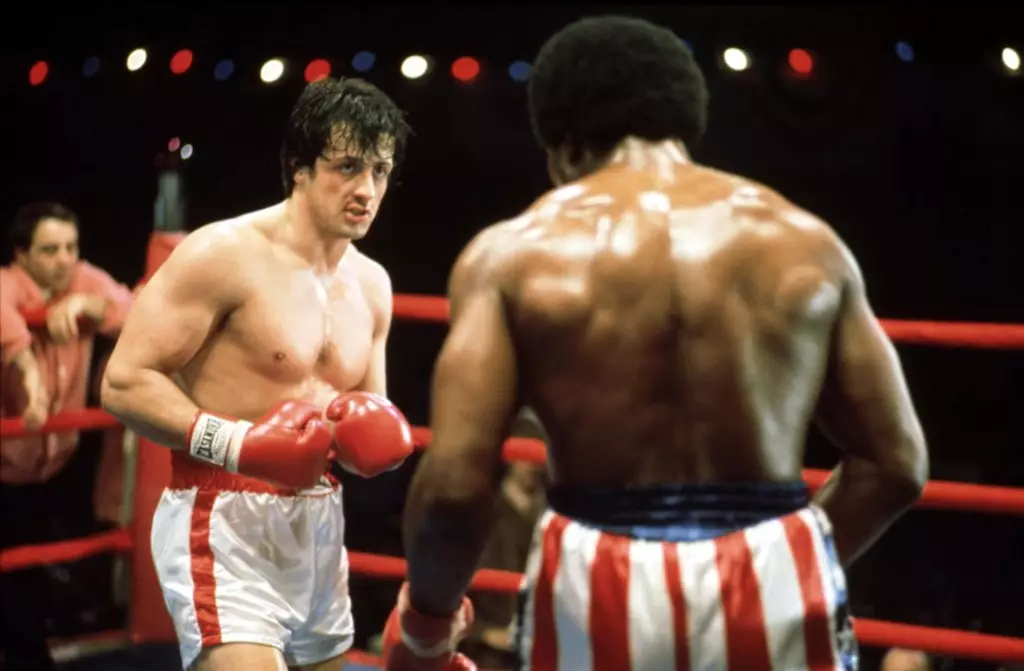Sylvester Stallone’s iconic portrayal of Rocky Balboa in the Rocky film franchise is one that has endured the test of time. However, the character we see on the screen today is far different from Stallone’s original concept. In the new Netflix documentary Sly, Stallone opens up about the evolution of Rocky and the changes he made to ensure the character’s likability.
In the early stages of developing the screenplay for Rocky, Stallone drew inspiration from Martin Scorsese’s crime drama Mean Streets. He initially envisioned Rocky as a “thuggish” character, mirroring the gritty and violent tone of Mean Streets. However, it was a friend’s candid feedback that made Stallone reevaluate his approach.
When his friend read the script, she was deeply moved by Rocky but not in the way Stallone intended. She found the character to be cruel and disliked him because of his violent behavior. This revelation forced Stallone to reconsider his portrayal and find a way to make Rocky more sympathetic to audiences.
Stallone took his friend’s criticism to heart, recognizing the need to soften the character’s edges. He asked himself, “What if he stopped short of being cruel? What if he almost hit people but didn’t?” Additionally, Stallone introduced the idea of giving Rocky a girlfriend, which would add depth and complexity to his character. With these changes in mind, Stallone went back to the screenplay and began to rewrite, adding the element of compassion to Rocky’s persona.
The impact of Stallone’s revisions to the Rocky screenplay was undeniable. The first film went on to gross an impressive $117 million at the box office, catapulting Stallone into stardom and paving the way for a successful franchise that has spanned several decades.
The introduction of a softer and more relatable Rocky allowed audiences to connect with the character on a deeper level. The themes of perseverance, underdog triumph, and love resonated with viewers, turning Rocky into an inspirational figure for generations to come.
In addition to the creative challenges Stallone faced, he also endured physical hardships while bringing Rocky to life. One memorable incident occurred during the filming of Rocky IV when Stallone had to film a fight scene with Dolph Lundgren, who portrayed the formidable opponent Ivan Drago.
During the fight scene, Lundgren unintentionally landed a blow to Stallone’s ribs, causing his heart to swell and his blood pressure to skyrocket. Stallone was rushed to the hospital, fearing the worst as he described being surrounded by nuns in the intensive care unit. Miraculously, he recovered and returned to the set, ready to continue the fight.
Stallone’s commitment to realism and his willingness to put his physical well-being on the line for his craft demonstrate his dedication as an actor. While some may view these incidents as reckless, Stallone’s willingness to become fully immersed in his roles is a testament to his passion and commitment to his craft.
The journey of creating Rocky is a testament to Sylvester Stallone’s resilience as both a writer and actor. Through self-reflection, he transformed Rocky from a thuggish character into a beloved underdog. This transformation allowed Stallone to craft a story that continues to inspire and captivate audiences to this day.
The changes Stallone made to the Rocky screenplay, combined with his determination and perseverance, led to an enduring franchise that has not only entertained but also inspired millions worldwide. Stallone’s ability to adapt and evolve as an artist serves as a reminder that great success often comes from critical self-reflection and the willingness to take risks.


Leave a Reply